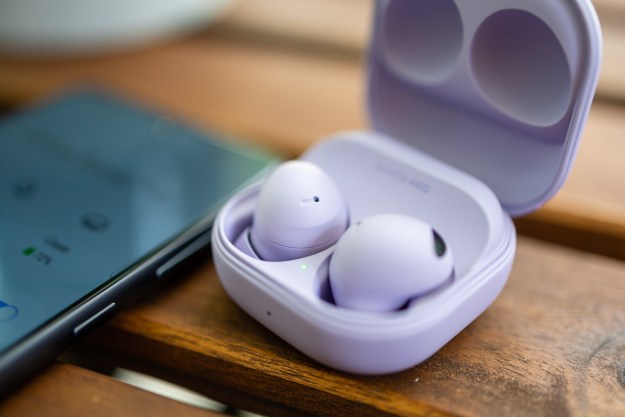
Comcast responded yesterday via blog post to Netflix’s recent attacks on the cable giant. Netflix claims Comcast is directly responsible for its users’ slow streaming rates and poor video quality over a Comcast connection, even after Netflix’s paying off Comcast two months ago in exchange for higher speeds and quality. The senior vice president of Corporate and Digital Communications for Comcast, Jennifer Khoury, asserted in yesterday’s blog post that “it was not Comcast that was creating viewability issues for Netflix customers, it was Netflix’s commercial transit decisions that created these issues.” She went on to stress that Comcast has been the strongest supporter of the Open Internet among all Internet service providers.
This rebuttal comes after a series of back-and-forth snipes between the two companies. Earlier this week Netflix released its quarterly earnings report, and included within that report was a letter to shareholders that condemned the Comcast-Time Warner merger for its potential to allow the monopolistic ISP to increasingly “capture unprecedented fees from transit providers and services such as Netflix.” Comcast fired back that same day on its blog with a laundry list of reasons explaining why “Netflix’s opposition to our Time Warner Cable transaction is based on inaccurate claims and arguments.”
In yesterday’s riposte, Comcast’s Khoury pointed to the ISP’s “multiplicity of other agreements” that have not harmed customers or increased costs for content providers. In fact, Khoury claims, the agreements have decreased the costs those providers would have paid to others. Khoury cites a story from StreamingMediaBlog.com in defense of her claim that Netflix itself is actually behind the poor playback and technical issues plaguing the service: “… at least one independent commentator has pointed out” that Netflix’s commercial transit decisions are really to blame. The writer points out that Netflix has unjustifiably pushed a majority of its traffic through a single transit provider – Cogent – despite the fact that the service technically buys transit from multiple providers. In other words, the assertion is that Netflix has been trying to cram most of its streaming content through just one big pipe, rather than split it up among several pipes, even though it has agreements in place to do so.
The ongoing Netflix/Comcast saga is a messy one to pick apart, and it’s hard to pin down the blame solely on one party or the other. It seems the only certainty is that this battle isn’t over yet, and that neither side intends to back down.


